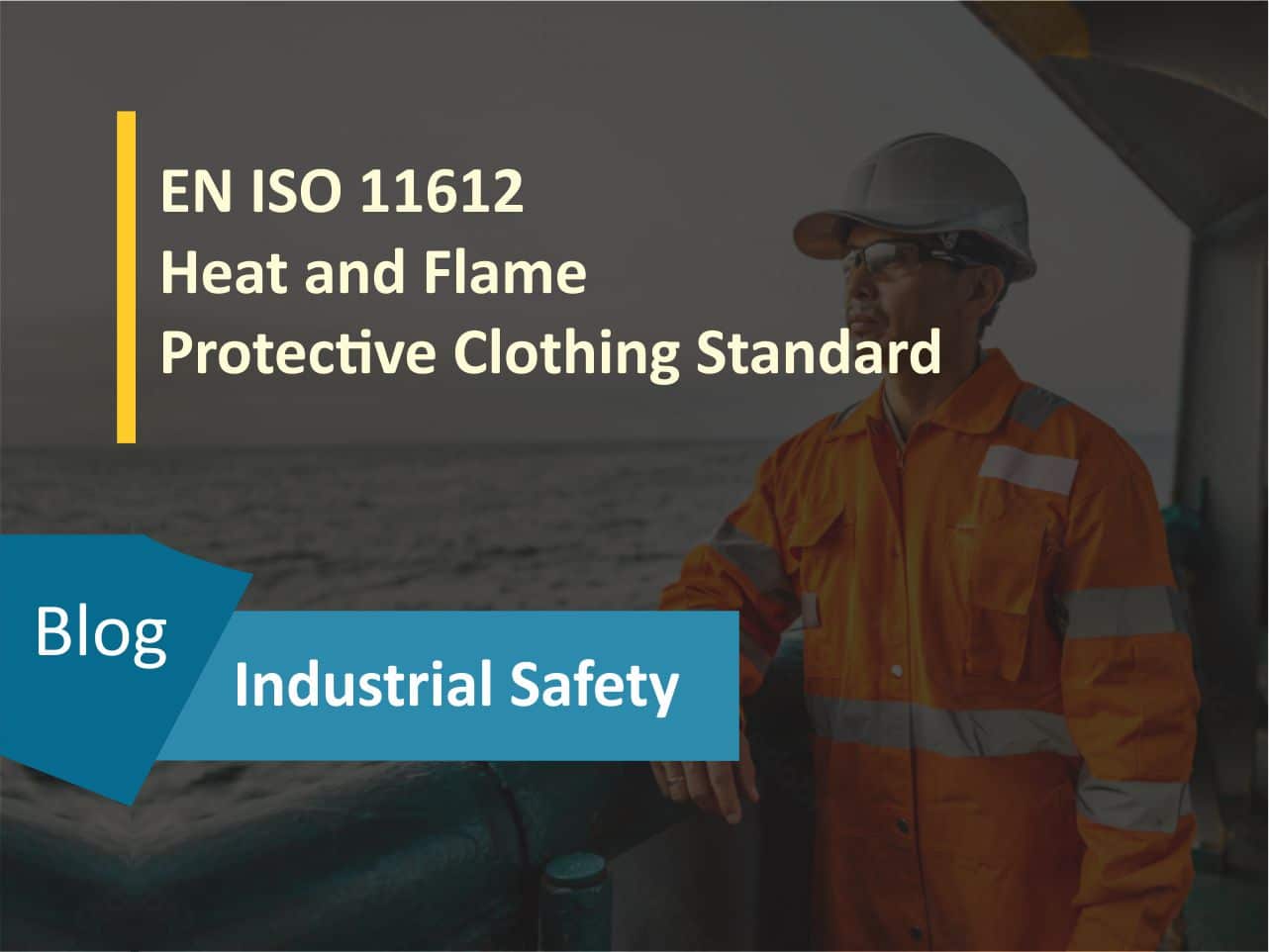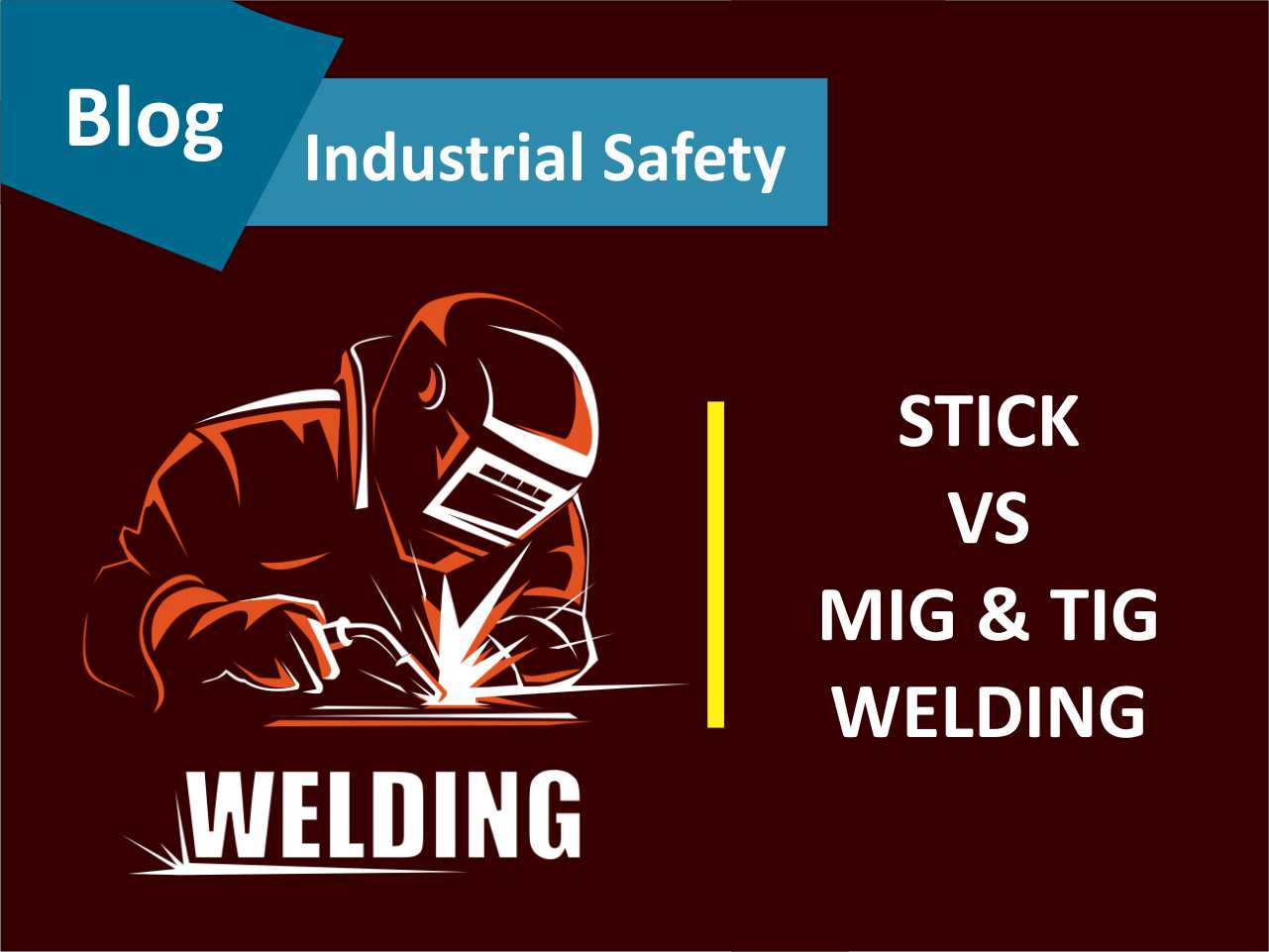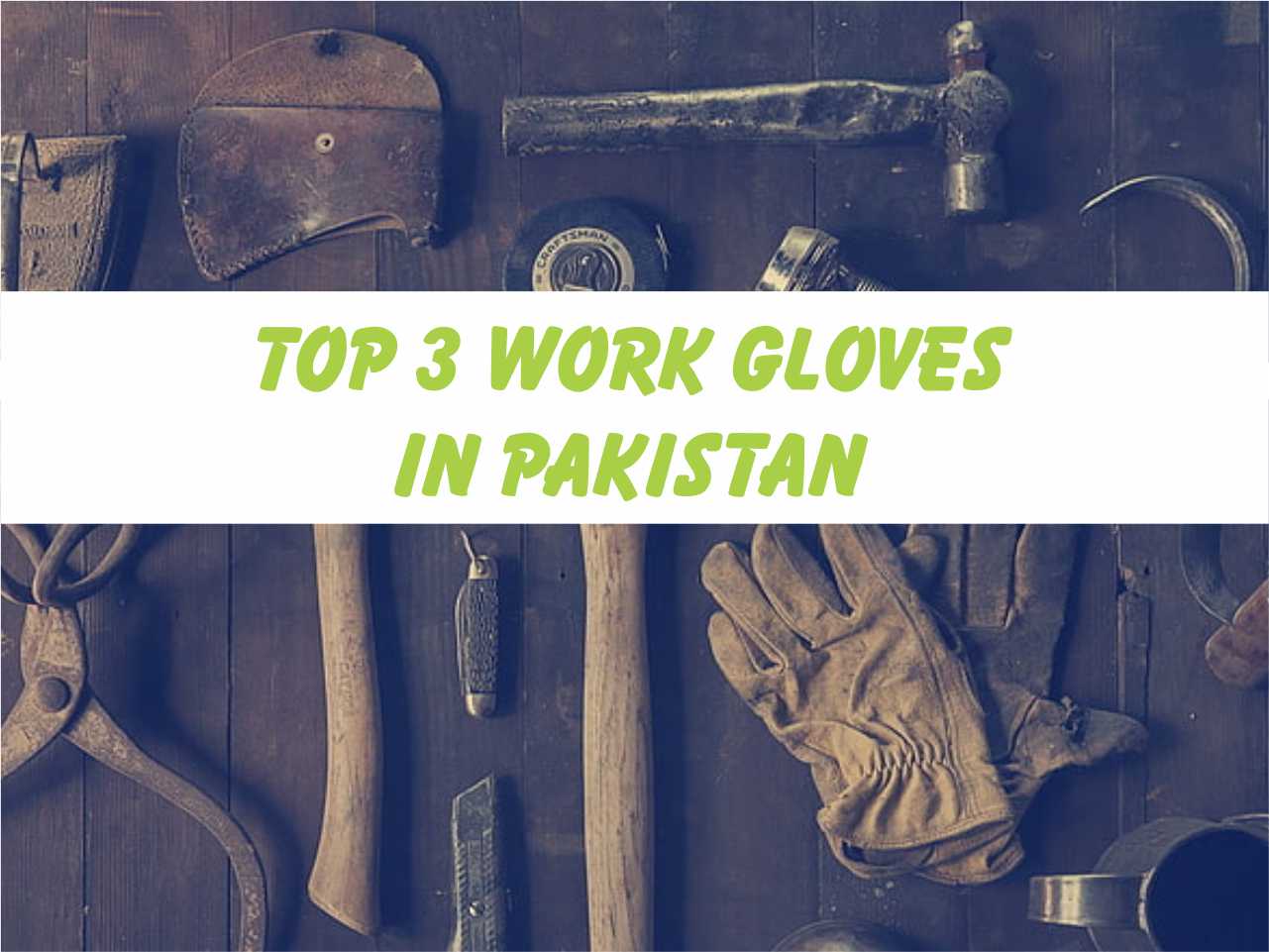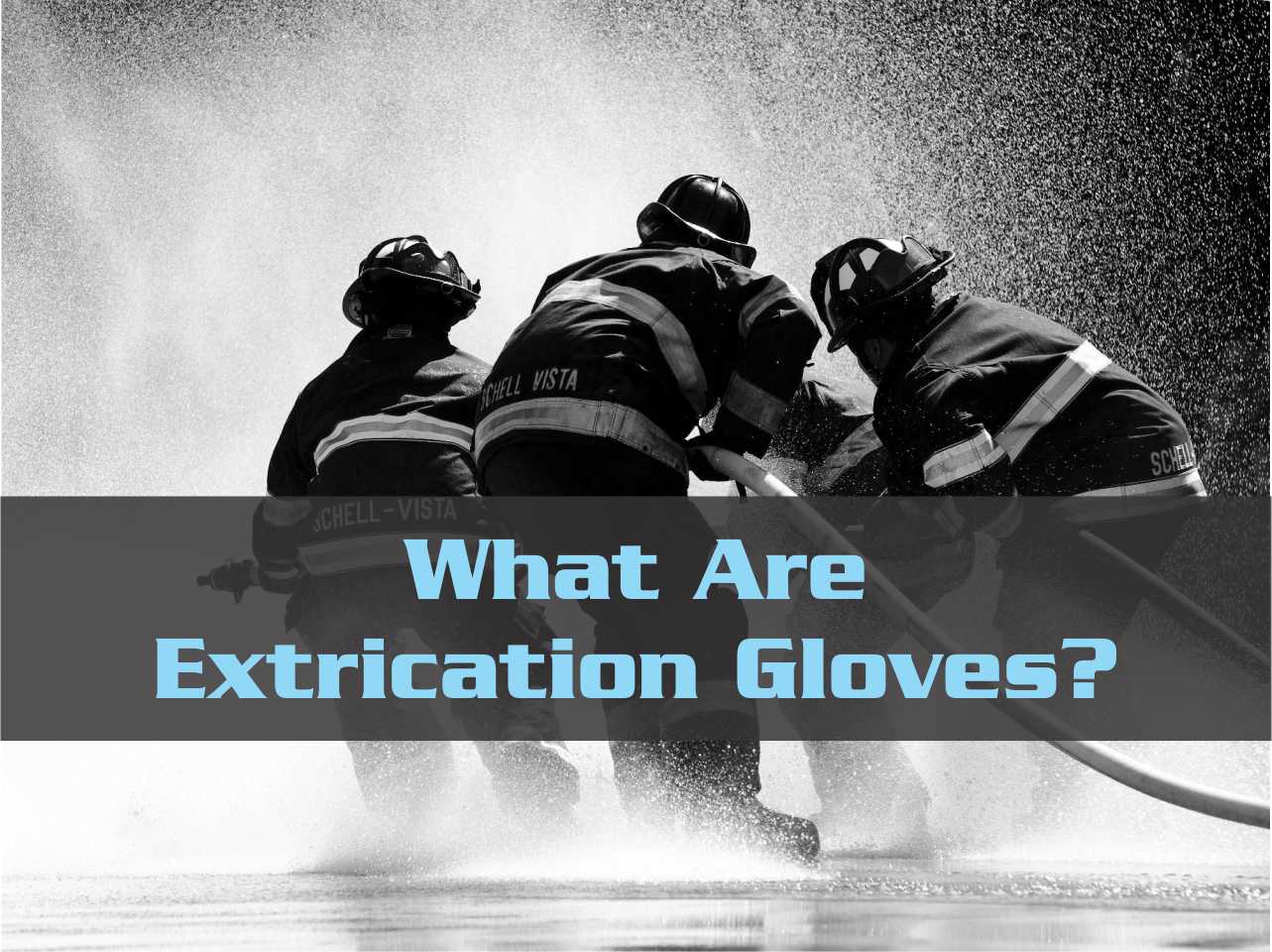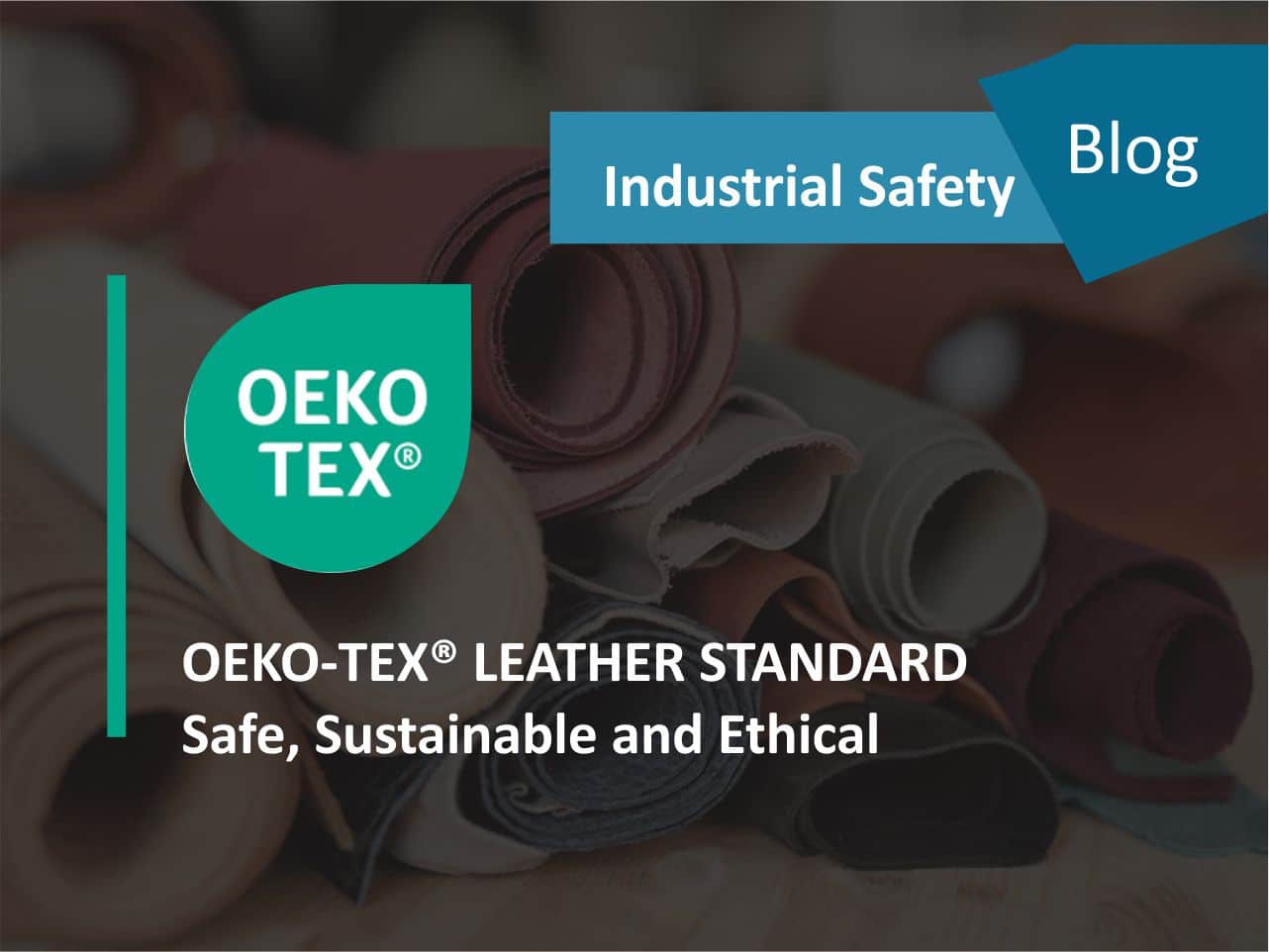ABOUT EN ISO 11612
This standard specifies requirements for clothing intended to offer limited flame spread and protect against various hazards, including radiant heat, convective heat, and molten metal splatters. The standard is represented by a pictogram similar to the withdrawn EN531 standard. Various fabric tests within this EN Standard are denoted by the letters A, B, C, D, E, and F. The number following these letters indicates the fabric’s performance in that specific test. A (0) indicates the fabric has not been tested or does not meet the minimum performance level for that test.
FABRIC REQUIREMENTS
General Requirement: The fabric must have mechanical strength and heat resistance at 180°C. It should not ignite or melt and must not shrink by more than 5%.
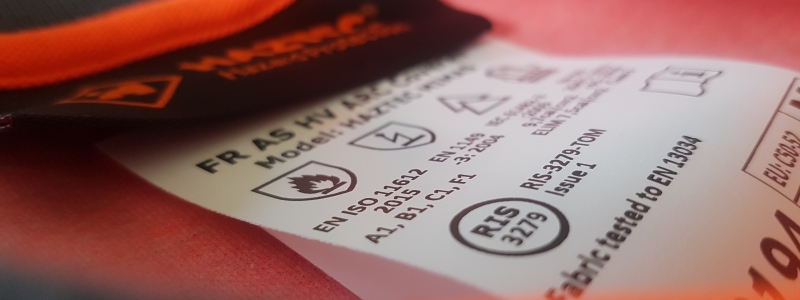
EXPLAINING THE DIFFERENT TESTS AND CODES
Letter A (EN 15025)
This test involves applying a flame to a fabric sample for 10 seconds. To pass, the after-flame and smolder times and hole formation must be within the standard’s tolerances. The flame can be applied in two ways:
Code Letter A1 (Surface Ignition, ISO 15025 A)
Procedure A (leads to Class A1): The flame is applied horizontally to the face of the fabric.
- No part of the flame should reach the upper or vertical edges of the specimen.
- No specimen should form holes of 5mm or greater, except for interlining used for specific protection other than heat and flame.
- No specimen should produce flaming or molten debris.
- The mean after-flame time should be ≤ 2 seconds.
- The mean afterglow time should be ≤ 2 seconds.
Code Letter A2 (Edge Ignition, ISO 15025 B)
Procedure B (leads to Class A2): The flame is applied to the bottom edge of the fabric sample.
- No part of the flame should reach the upper or vertical edges of the specimen.
- No specimen should produce flaming or molten debris.
- The mean after-flame time should be ≤ 2 seconds.
- The mean afterglow time should be ≤ 2 seconds.
Letter B (ISO 9151)
Convective Heat: This test determines heat transmission when exposed to flames. The sample is held above the flame, and a calorimeter measures the temperature rise on the topside. The exposure time before the temperature rises by 24°C is determined.
- B1: 4 < 10 seconds
- B2: 10 < 20 seconds
- B3: 21 seconds and longer
Letter C (ISO 6942)
Radiant Heat Exposure: The fabric sample is exposed to radiant heat, and a calorimeter measures the temperature on the unexposed side. The time before the temperature rises by 24°C is recorded.
- C1: 7 < 20 seconds
- C2: 20 < 50 seconds
- C3: 50 < 95 seconds
- C4: 95 seconds and longer
Letter D and E (ISO 9185)
Molten Metal Protection:
- D (Aluminium): Protection against molten aluminum.
- E (Iron): Protection against molten iron.
A membrane simulating human skin is attached to the fabric’s reverse side. Molten metal is splashed on the sample, and the quantity that deforms the membrane is measured.
- Aluminum Classification:
- D1: 100 < 200 grams
- D2: 200 < 350 grams
- D3: 350 grams and more
- Iron Classification:
- E1: 60 < 120 grams
- E2: 120 < 200 grams
- E3: 200 grams and more
Letter F (ISO 12127)
Contact Heat: This test establishes the fabric’s resistance to contact heat.
- F1: 5 < 10 seconds
- F2: 10 < 15 seconds
- F3: 15 seconds and longer
If you want to know Understanding EN ISO 11611 Checkout our Article.


